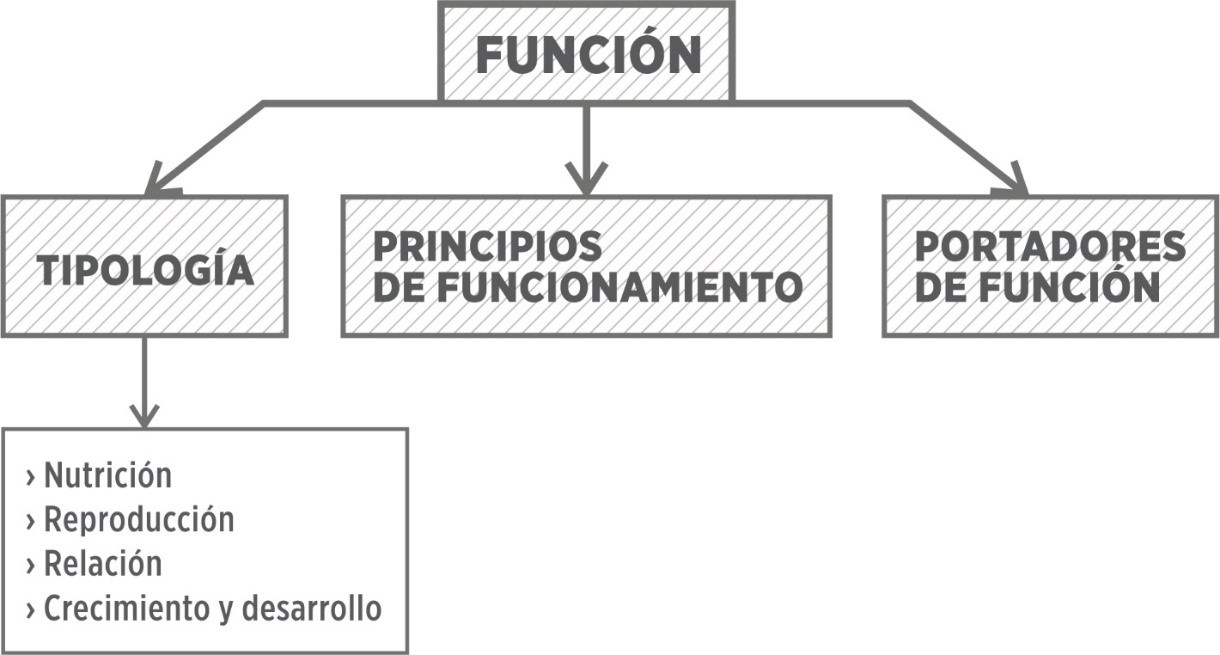Tool to apply biomimetics to the Conceptualization of Objects.
##plugins.themes.bootstrap3.article.main##
Abstract
This article presents a tool for applying biomimetic to Objects Design Conceptualization. The term Conceptualization makes a reference to a phase of the Design Process. Likewise, the term Object is known as one of the circles in which Design professionals can performance. Both of these concepts have been taken from the Cuban Design University (ISDi) academic theory. The following methods were employed for data analysis: Historic-logic, Analysis-synthesis, Systematization, Modeling, Bibliographic review, Observation, Surveys and Statistics. As a final result, the description of the tool and two instruments that belong to it are presented. Also, the authors give their considerations about its application repercussions in scholar field with its utilization in Industrial Design I subject, on 2014-2015 and 2015-2016 academic years.
##plugins.themes.bootstrap3.article.details##

This work is licensed under a Creative Commons Attribution-NonCommercial-ShareAlike 4.0 International License.
- Attribution — You must give appropriate credit , provide a link to the license, and indicate if changes were made . You may do so in any reasonable manner, but not in any way that suggests the licensor endorses you or your use.
- NonCommercial — You may not use the material for commercial purposes .
- No additional restrictions — You may not apply legal terms or technological measures that legally restrict others from doing anything the license permits.
- ShareAlike — If you remix, transform, or build upon the material, you must distribute your contribution under the same license as the original. NOTE: This point applies to numbers 1 to 20 of the magazine with the previous CC-BY-NC-SA 4.0 license. Does not apply to the new CC BY-NC 4.0 license from Volume 11, Number. 21 (2024).
References
Abreu Oramas, M. (2003) Recursos básicos para el Diseño de estructuras formales [CD-ROM]. Versión para sistema operativo Microsoft Windows. Instituto Superior de Diseño: Ediciones Forma. ISBN: 959-7182-01-7.
Artiles Visbal, L. [et al.]. (2009) Metodología de la Investigación. La Habana: ECIMED.
Benyus, J.M. (2002) Biomimicry: Innovation Inspired by Nature. 1ª ed. New York: Harper Collins.
Bogatyreva, O. [et al.]. (2003) Data gathering for putting biology in TRIZ. Altshuller Institute 5th TRIZ Conference. Philadelphia, USA: [s.v.]: [s.n.].
Bransden, B.H.; Joachain, C.J. (2002) Physics of Atoms and Molecules. 2ª ed. New Jersey: Prentice-Hall.
Diccionario DRAE [soporte digital]. (2008) Definición de Forma. Microsoft Corporation.
Diccionario DRAE [soporte digital]. (2008) Definición de Regla. Microsoft Corporation.
Eco, U. (1986) La Estructura Ausente. Introducción a la semiótica. Barcelona: Lumen.
Ehrlich, P.; Walker, B. (2012) Rivets and Redundancy. En: BioScience, mayo 2012, vol. 58, no. 5, p. 34-5.
Hernández Sampieri, R. [et al.] (1991) Metodología de la Investigación. México: Mc Graw Hill.
Lodish, L. [et al.]. (2005) Biología celular y molecular. Buenos Aires: Médica Panamericana.
Paniagua, R. [et al.] (2002) Citología e histología vegetal y animal. México: McGraw-Hill.
Pérez Pérez, M. (2013) Conferencia de Biónica [soporte digital]. ISDi: Maestría en Gestión e Innovación de Diseño. La Habana.
Songel, G. (1994) Naturaleza, diseño e innovación: propuesta metodológica. En: Temes de Disseny NATURA, DISSENY I INNOVACIÓ. Barcelona: Editorial Gustavo Gili, no. 10, p. 265-76.
Vanden Broeck, F. (2000) El diseño de la naturaleza o la naturaleza del diseño. México: Editorial de la U.A.M. Unidad Azcapotzalco.
Vanden Broeck, F; Muñoz, A. (1986) Las estructuras en la Naturaleza y en la Técnica. Conocimientos cualitativos de las estructuras. México: Editorial de la U.A.M. Unidad Azcapotzalco, 1986.
Williams, C. (1984) Los orígenes de la forma. Barcelona: Gustavo Gili.
Wong, W. (1986) Fundamentos del diseño bi y tri-demensional. Barcelona: Gustavo Gili.






















